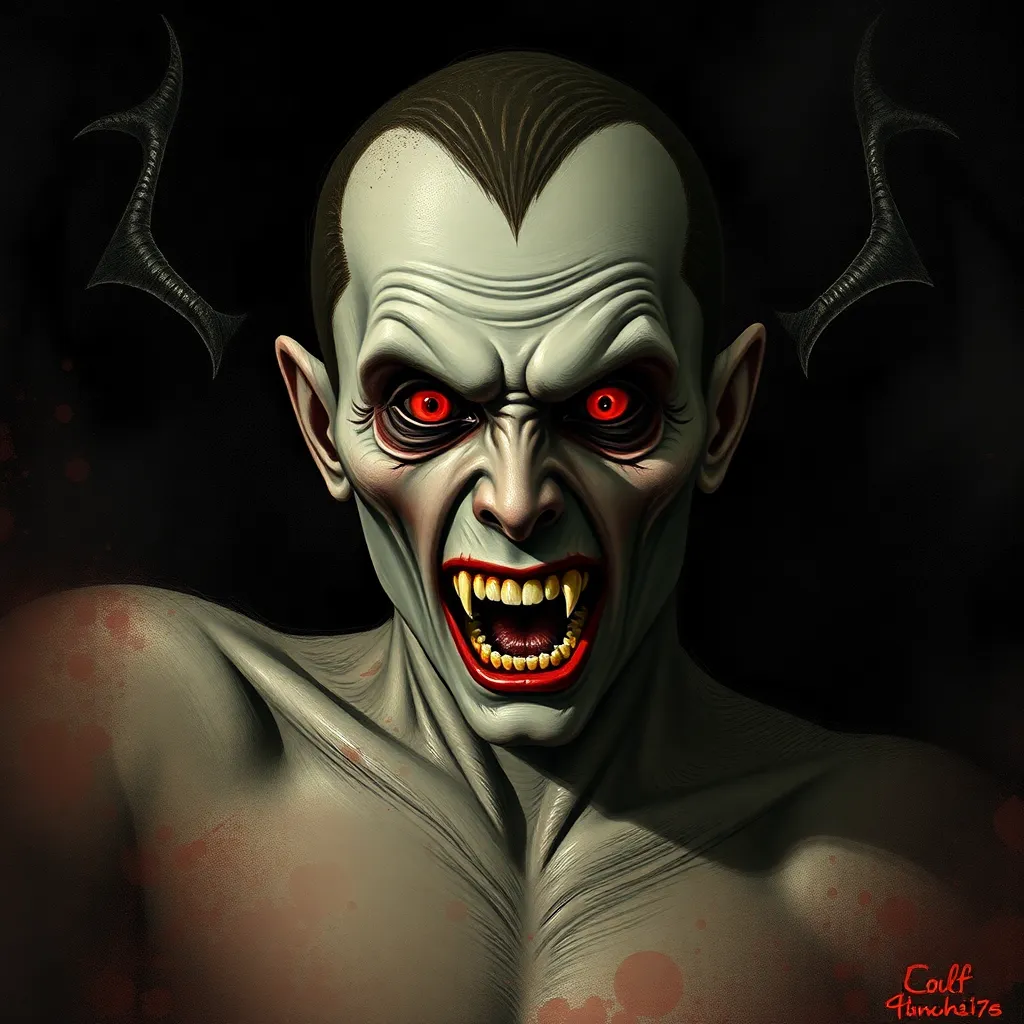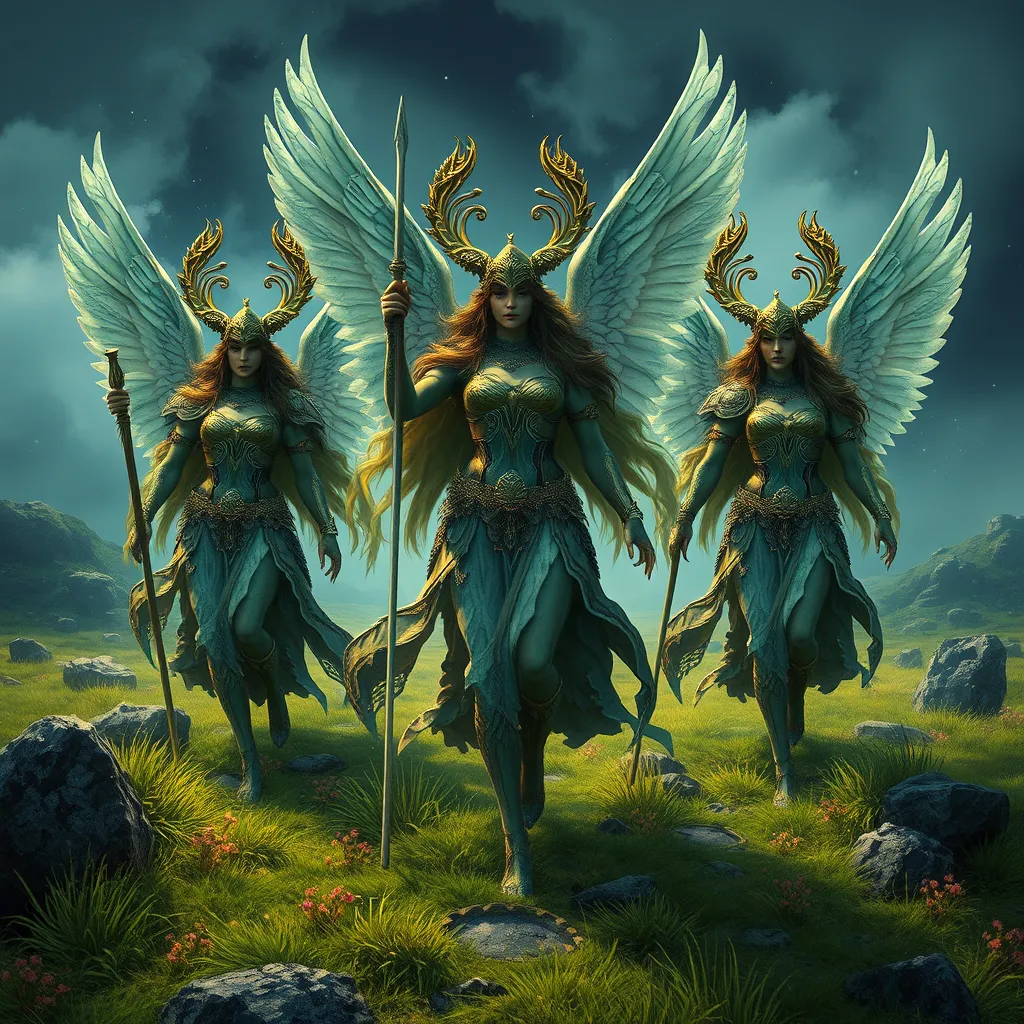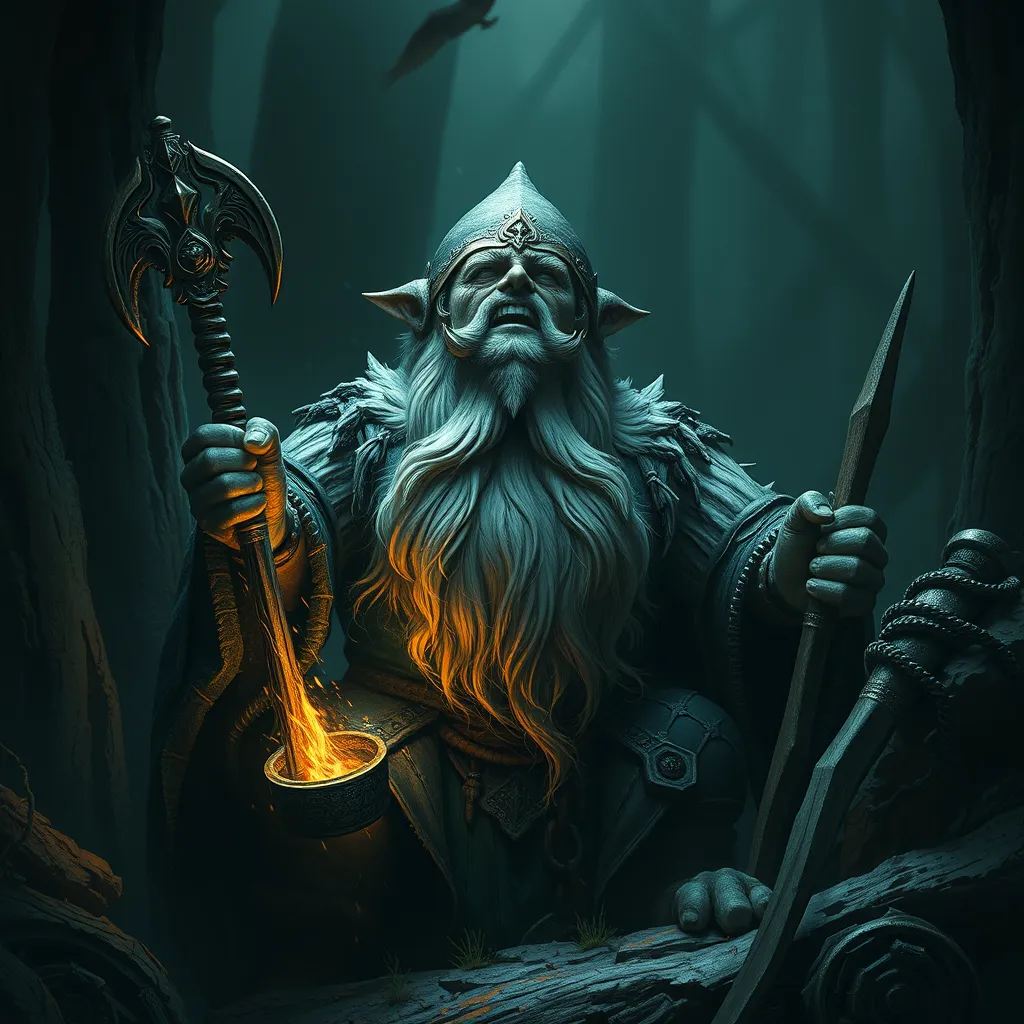From Folklore to Fiction: Understanding the Evolution of the Vampire Myth
I. Introduction
Vampires have captured the human imagination for centuries, appearing in various forms across cultures and eras. Defined in folklore as undead beings that feed on the blood of the living, vampires have transitioned into complex characters in modern fiction. The study of the evolution of the vampire myth is crucial for understanding cultural fears, values, and the human experience itself. This article will explore the origins of vampire lore, its folkloric characteristics, the transition to literature, the rise of the modern vampire, and contemporary reinterpretations in popular culture.
II. Ancient Origins: The Roots of Vampire Lore
The concept of the vampire can be traced back to ancient civilizations, where beliefs about the undead often intertwined with fears of death and disease. Early societies interpreted the phenomenon of death through supernatural lenses, leading to the creation of myths surrounding the return of the dead.
Some notable examples of vampire-like creatures in ancient mythology include:
- The Lamia: In Greek mythology, Lamia was a woman who became a child-eating demon, often depicted as a vampiric figure.
- Strigoi: In Romanian folklore, Strigoi are spirits that rise from the grave to disturb the living, often associated with bloodsucking.
- Chupacabra: In Latin America, the Chupacabra is rumored to feed on livestock, particularly goats, and is often depicted as a vampire-like creature.
The cultural significance of these early myths lies in their function as cautionary tales that explain the unexplainable and address societal fears surrounding death and the afterlife.
III. The Folkloric Vampire: Characteristics and Variations
Across different cultures, vampires share common traits, but regional variations present unique characteristics that reflect local beliefs and fears.
- Common traits: Folkloric vampires are typically depicted as pale, nocturnal beings with a thirst for blood, often possessing supernatural powers such as shape-shifting.
- Regional variations:
- Eastern European: Often depicted as reanimated corpses, these vampires are associated with graveyards and dark magic.
- Asian: In Asian myths, the Jiangshi from Chinese folklore is a reanimated corpse that drains life force, while the Penanggalan from Malay folklore features a head with trailing entrails that seeks blood.
- African: The Asanbosam and the Adze are vampire-like figures in West African folklore that embody fears of witchcraft and betrayal.
- Latin American: The Llorona, though not a vampire in the traditional sense, embodies themes of loss and the supernatural, often leading to legends of blood-sucking spirits.
The role of societal fears and taboos is evident in how these myths evolved, reflecting anxieties surrounding death, disease, and social order.
IV. The Transition to Literature: Vampires in Early Fiction
The Enlightenment and Romanticism brought about significant changes in how vampires were portrayed in literature. As society shifted towards reason and emotion, vampire narratives began to explore complex themes of morality and the human condition.
Key literary works that popularized the vampire myth include:
- “The Vampyre” (1819): Written by John Polidori, this story introduced the archetype of the aristocratic vampire.
- “Varney the Vampire” (1845): This serialized story further developed vampire lore, featuring a sympathetic vampire character.
These works marked the transformation of vampires from mere folklore entities into literary characters with depth and complexity, paving the way for future interpretations.
V. The Gothic Era: The Rise of the Modern Vampire
Bram Stoker’s “Dracula,” published in 1897, is often credited with solidifying the modern perception of vampires. This Gothic novel not only popularized the vampire myth but also introduced key characteristics that define contemporary vampires.
Analysis of “Dracula” reveals:
- Cultural impact: The novel influenced countless adaptations and interpretations, establishing a template for vampire stories.
- Aristocratic seduction: Dracula is portrayed as a charismatic and seductive figure, embodying both allure and danger.
- Gothic literature: The themes of fear, desire, and the supernatural in “Dracula” shaped contemporary perceptions of vampires as complex beings.
VI. Vampires in Popular Culture: Film and Television
The evolution of vampires in cinema has paralleled advancements in film technology and changes in societal attitudes. From the early silent films to contemporary cinematic portrayals, vampires have adapted to reflect cultural shifts.
Iconic vampire films include:
- “Nosferatu” (1922): This silent film is one of the earliest portrayals of a vampire, emphasizing horror and dread.
- “Interview with the Vampire” (1994): This film explores themes of immortality and morality, showcasing vampires as tragic figures.
- “Twilight” (2008): This series redefined the vampire myth for a new generation, introducing themes of romance and identity.
Modern television series such as “Buffy the Vampire Slayer” and “True Blood” further explore vampire narratives, often integrating social issues and diverse perspectives.
VII. Contemporary Reinterpretations: New Perspectives on the Vampire Myth
The 21st century has seen a surge in diverse vampire narratives, challenging traditional portrayals and introducing new themes. Contemporary vampire stories often delve into:
- Morality: Modern narratives explore the ethical implications of vampirism, questioning the nature of good and evil.
- Sexuality: Vampires are frequently depicted as figures of sexual liberation, reflecting societal changes around sexuality and identity.
- Social issues: Themes of otherness, discrimination, and societal conflict are increasingly prominent in vampire narratives.
This evolution reflects broader cultural shifts, making vampires relevant to contemporary audiences.
VIII. Conclusion
The evolution of the vampire myth from ancient folklore to contemporary fiction reveals a rich tapestry of cultural significance and human experience. As vampires have transitioned from fearsome creatures of the night to complex characters in literature and media, they continue to resonate with audiences worldwide.
In contemporary society, vampire narratives remain relevant, addressing themes of identity, morality, and societal issues. The future of vampire mythology in literature and media promises to be as dynamic and multifaceted as its past, ensuring that these enigmatic beings will continue to captivate and intrigue for generations to come.




